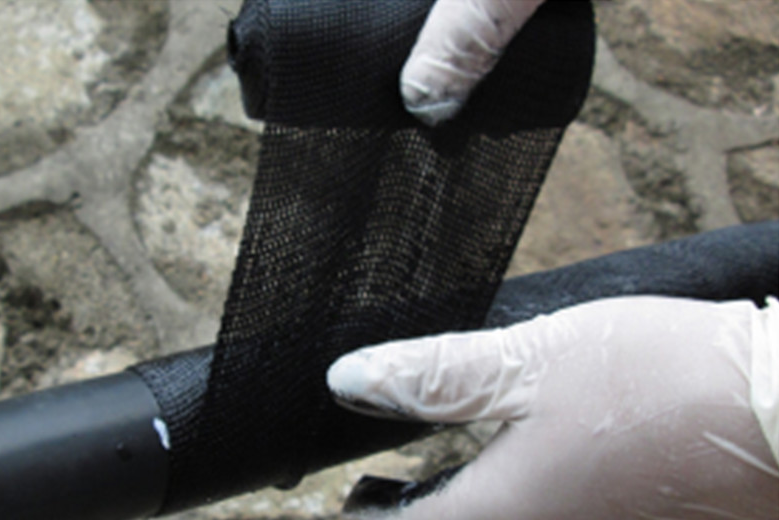The Innovative World of Semi-Conducting Tape
In recent years, the realm of material science has witnessed significant advancements, one of which is the development of semi-conducting tape. This innovative product combines the unique properties of semi-conductors with the versatile nature of adhesive tape, opening countless applications across various fields.
Understanding Semi-Conducting Tape
At its core, semi-conducting tape is a type of adhesive tape that incorporates semi-conducting materials. Semi-conductors, materials that have electrical conductivity between that of conductors and insulators, are key components in electronic devices. The introduction of these materials into tape form offers exciting possibilities for both consumer and industrial applications.
The tapes are typically composed of a polymeric backing integrated with semi-conducting nanomaterials or additives. These materials can include carbon nanotubes, graphene, or organic semi-conductors. The combination of these elements allows the tape to not only adhere to surfaces but also conduct electricity, albeit at a limited capacity.
Applications in Electronics
One of the primary applications of semi-conducting tape is in the electronics industry. These tapes can be used in flexible circuits, where traditional rigid circuit boards may not be practical. With the increasing demand for lightweight and flexible electronic devices, such as wearable technology, semi-conducting tape emerges as an ideal material. It can be easily integrated into the design of devices, allowing for innovative configurations that were previously impossible.
Moreover, semi-conducting tape can serve as a convenient way to create connections between different components in electronic systems. For example, it can be used to connect sensors to microcontrollers in smart devices, simplifying the assembly process and reducing the need for complex wiring systems.
Advancements in Energy Harvesting
semi conducting tape

Another exciting application is in energy harvesting technologies. Semi-conducting tapes can potentially be utilized in solar panels, where they can function as an efficient means of collecting and transferring energy. The ability to create flexible and lightweight solar cells can significantly enhance the accessibility and implementation of renewable energy solutions.
Furthermore, researchers are exploring the use of semi-conducting tape in piezoelectric materials that can harvest energy from mechanical movements, such as bending or stretching. This could lead to energy-generating smart textiles and outdoor gear that powers themselves from simple motions throughout the day.
Medical Innovations
In the medical field, semi-conducting tape has the potential to revolutionize patient monitoring systems. Researchers are developing smart bandages that can monitor vital signs using integrated sensors made from semi-conducting materials. By utilizing semi-conducting tape to connect these sensors, healthcare professionals can gather real-time data about a patient's condition without invasive procedures. This advancement could enhance the effectiveness of remote health monitoring and telemedicine.
Challenges and Future Directions
Despite its many advantages, the development and widespread adoption of semi-conducting tape face several challenges. The integration of semi-conduction materials into tape must ensure that the adhesive properties remain effective while maintaining conductivity. Furthermore, scaling production to meet industrial demands while keeping costs manageable is another hurdle that needs to be addressed.
Looking ahead, continuous research and collaboration between experts in materials science, electrical engineering, and manufacturing will be crucial in overcoming these challenges. As innovations in semi-conducting materials advance, the future of semi-conducting tape appears bright, with potential impacts across a multitude of industries.
Conclusion
Semi-conducting tape is a groundbreaking innovation that exemplifies the intersection of material science and technology. With its myriad applications, from electronics to medical devices, this tape has the potential to transform various sectors, making our lives more efficient and interconnected. As research progresses and challenges are met, we are likely to witness an exciting era of advanced materials shaping the future.
-
XIANGFAN Rubber Tape-Ultimate Solutions for All Your Insulation NeedsNewsJun.24,2025
-
XIANGFAN Rubber Tape-Protection for Industrial and Residential ApplicationsNewsJun.24,2025
-
XIANGFAN Rubber Tape: Superior Safety and Sealing for Demanding EnvironmentsNewsJun.24,2025
-
XIANGFAN Rubber Tape: Reliable Solutions for Every Electrical ChallengeNewsJun.24,2025
-
XIANGFAN Electrical & Industrial Tape: Powering Reliability Across IndustriesNewsJun.24,2025
-
XIANGFAN Electrical & Industrial Tape: Excellence in Every ApplicationNewsJun.24,2025
